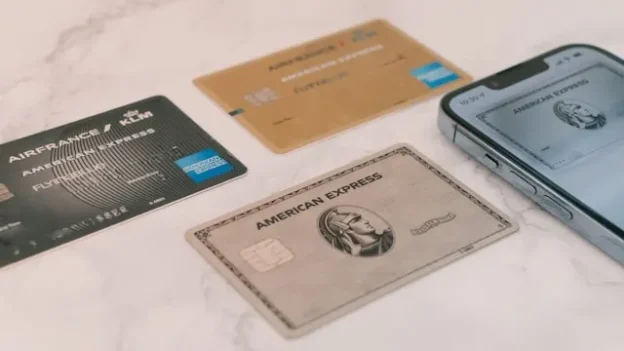Monetizing can be a bit of a puzzler for bloggers. For those who blog for its own sake rather than for SEO or content marketing purposes, turning posts into money generally relies on an advertising model.
Advertising is how most commercially viable blogs fund themselves. Using AdSense, or some other third party advertising provider, they display advertising and hope to get a sufficient amount of clicks to generate a decent revenue.
Unfortunately click-through rates are pretty low, often as few as 1 in a 1000 visitors click, which means that even a very popular blog with visitors in the hundreds of thousands can fail to make a livable income from their work.
Some traditional publishers have decided to abandon the advertising model (to some degree at least) and institute paywalls on their site, asking visitors to pay a subscription before they are allowed access to content.
Because of how blogs work, and the expectations of their audiences, a full paywall model is unlikely to be effective. However, depending on the nature of the content, visitors might be willing to pay small amounts for access to premium content.
Google Wallet for Web Content is an experimental micropayment platform that allows bloggers and other content publishers to do just that.
Wallet for Web Content
Enables bloggers to sell their premium content at a cost of up to 99 cents. Sites place a Google Wallet banner on the pages they wish to charge for. A sample will be shown — how much is decided by the blogger — and, if visitors want to read on, they can click the banner and pay. If they are dissatisfied they can get a refund within 30 minutes — this is obviously vulnerable to abuse, but Google claim they monitor refunds to stop people using it to get free content.
Imagine a scenario where a blogger has established expertise and built up an audience in a niche. Using Wallet for Web Content, they could produce premium long-form content, or other material that has added-value, and charge for it.
Some blogs have been asking users to pay for a while, but setting up a subscription model where users have to give a lot of personal information creates a barrier that will discourage all but the most determined users.
With Wallet for Content, Google want to discover if a site’s visitors are prepared to pay for content if it is very low cost, and if there is almost no friction involved in the purchase. If the user wants to pay, they click on a button, and are given the content straight away. As Amazon’s One-Click purchases have shown, reducing the amount of effort involved in a purchase can significantly increase conversions.
It’s yet to be demonstrated that this sort of payment model will work well for bloggers, but it’s definitely an interesting experiment, and worth keeping an eye on.
Would you use Google Wallet for Content on your site? If not, why not? Let us know what you think in the comments.




